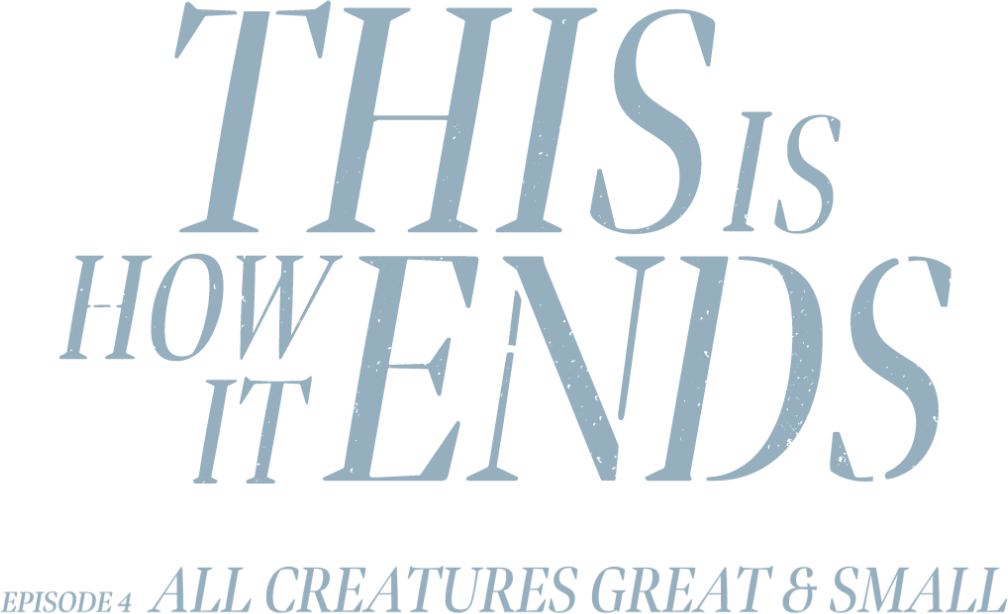

Human activities are destroying the natural world, leading to the extinction of animal and plant species at a terrifying rate.
Our actions threaten over one million species. And in New Zealand we have the highest proportion of threatened native species in the world, with more than 4000 at risk.
Some experts believe we are in the throes of the sixth mass extinction. In This Is How It Ends, a seven-part Stuff documentary series, Andrea Vance and Iain McGregor investigate the biodiversity crisis.
Some of the smallest endangered species are ringing alarm bells about the health of the planet.
Made with support from

In partnership with

WATCH EPISODE FOUR:
ALL CREATURES GREAT AND SMALL
READ MORE
SEE MORE
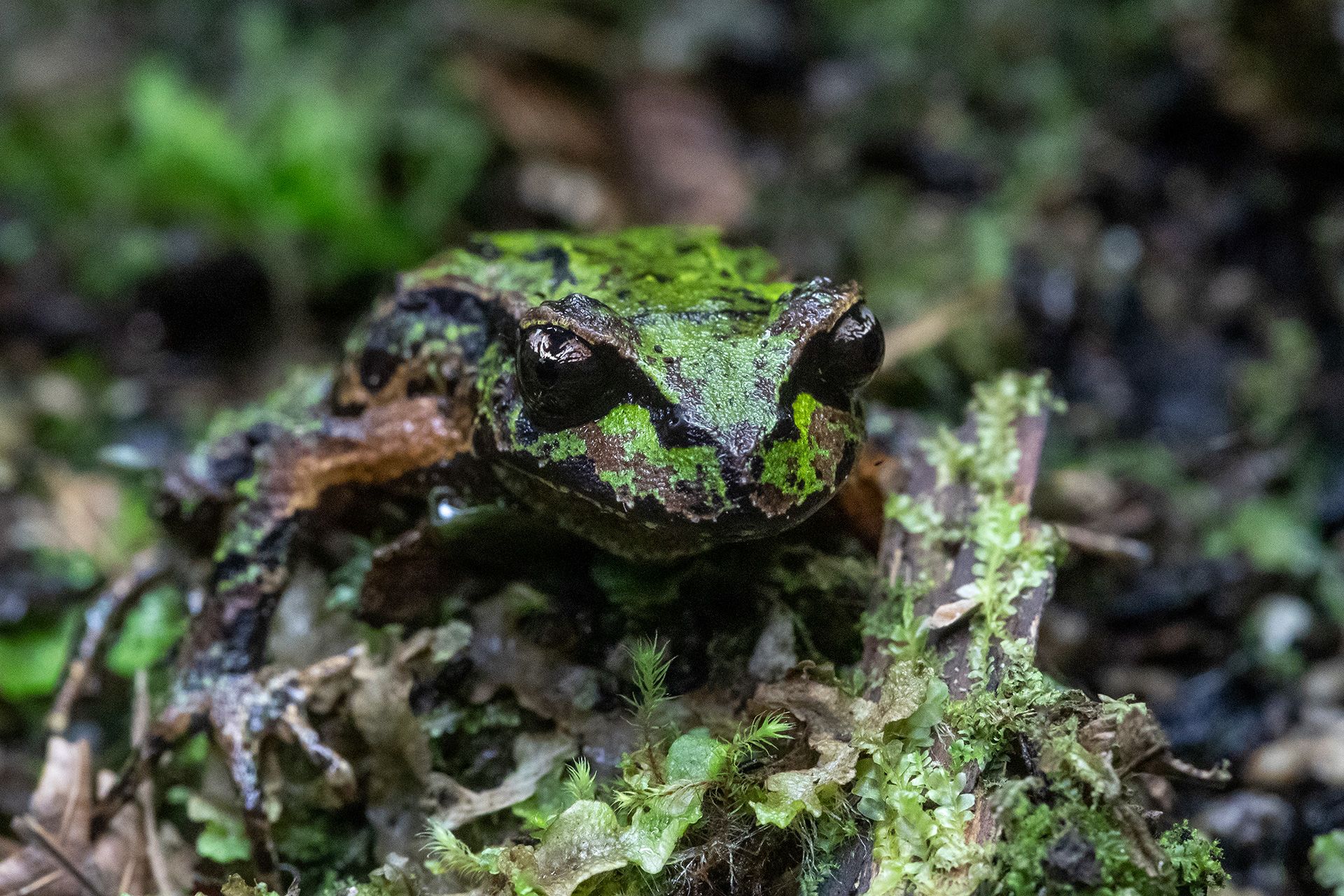
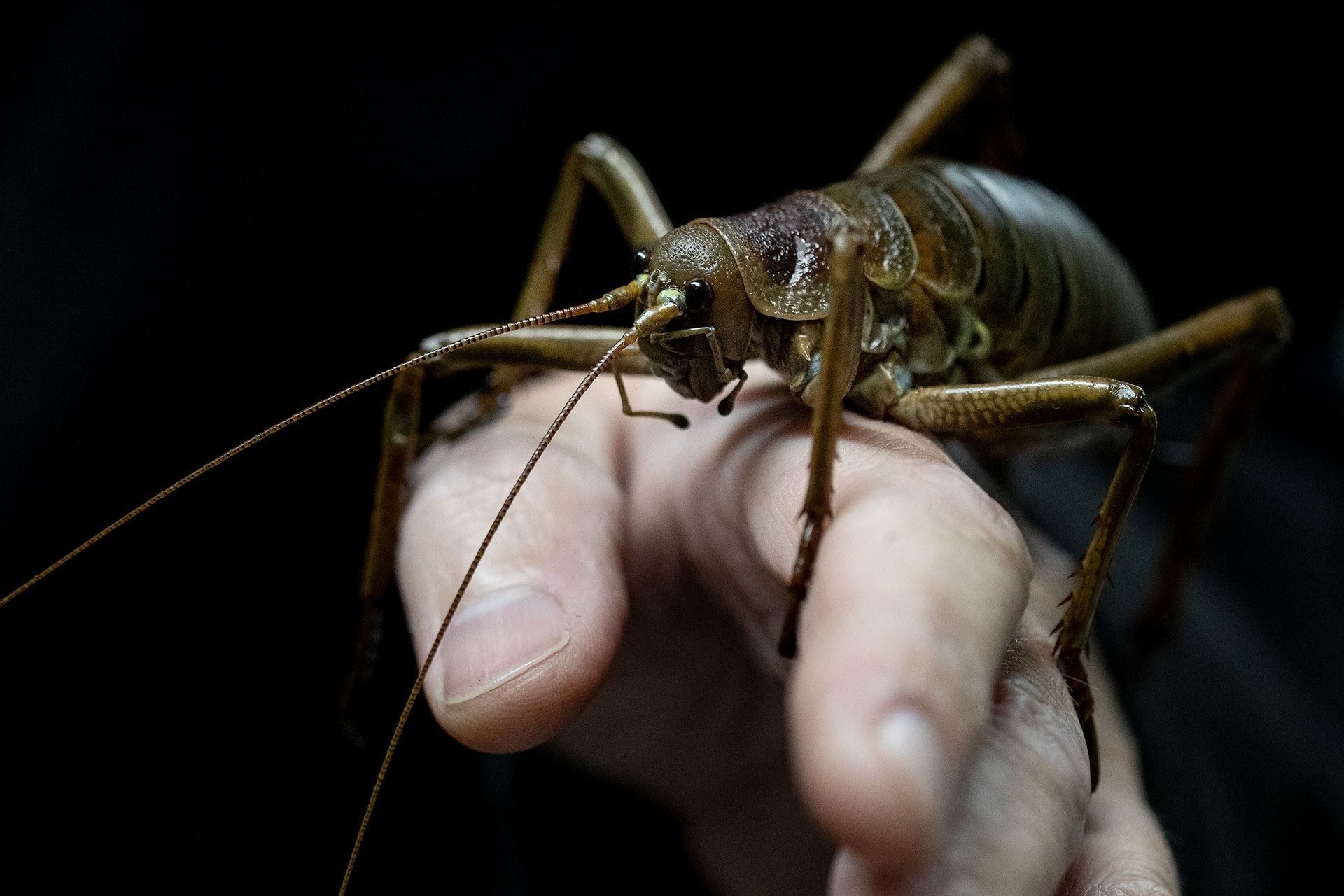
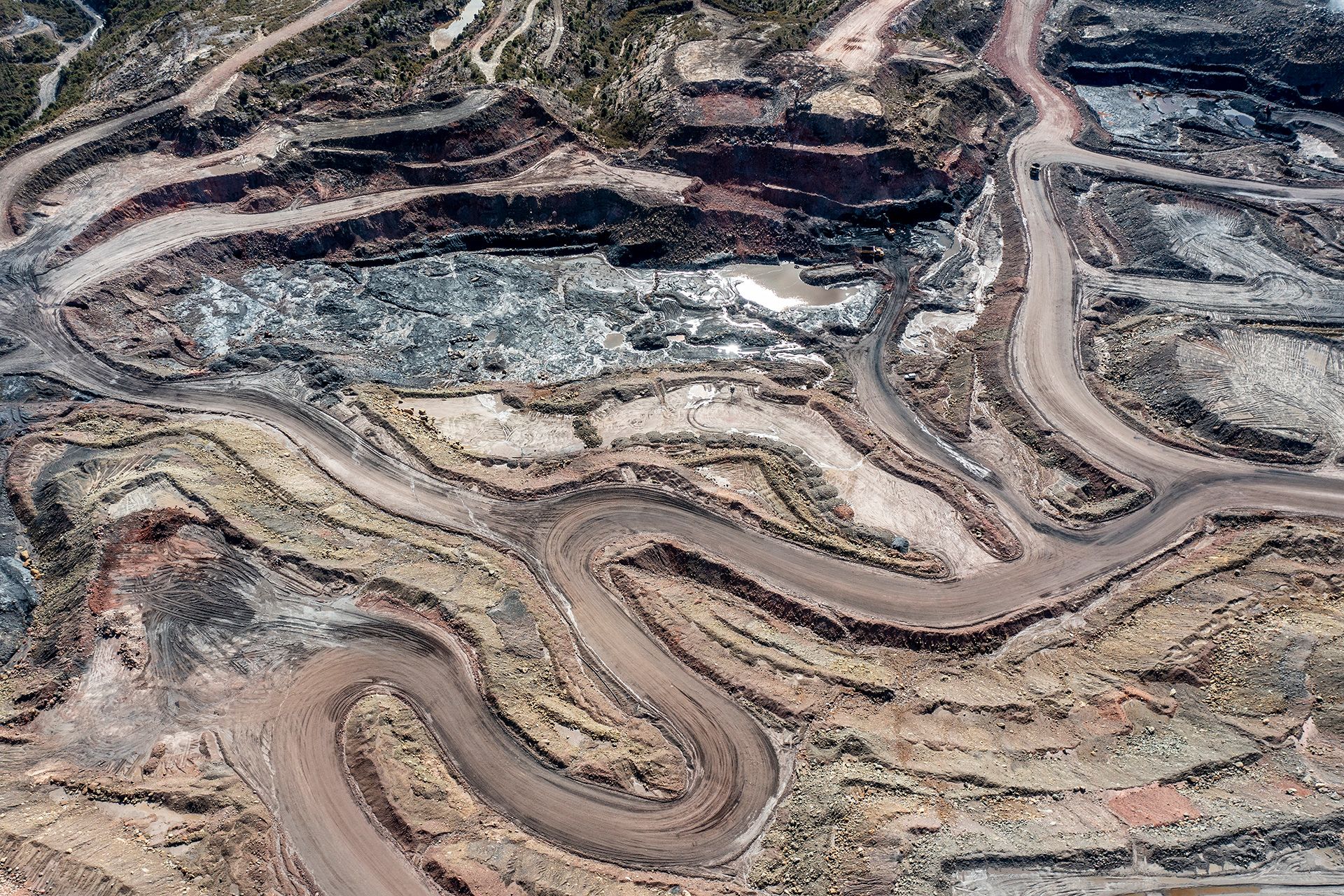

Archey’s frogs are one of four surviving native frog species.
Archey’s frogs are one of four surviving native frog species.

Wētāpunga are one of over 70 species of wētā unique to New Zealand.
Wētāpunga are one of over 70 species of wētā unique to New Zealand.

Located in the Buller Coalfield on the West Coast, Stockton is the largest opencast mine in New Zealand.
Located in the Buller Coalfield on the West Coast, Stockton is the largest opencast mine in New Zealand.




Archey’s frogs are one of four surviving native frog species.
Archey’s frogs are one of four surviving native frog species.

Wētāpunga are one of over 70 species of wētā unique to New Zealand.
Wētāpunga are one of over 70 species of wētā unique to New Zealand.

Located in the Buller Coalfield on the West Coast, Stockton is the largest opencast mine in New Zealand.
Located in the Buller Coalfield on the West Coast, Stockton is the largest opencast mine in New Zealand.
They are functionally extinct being in captivity. They're alive but not alive.

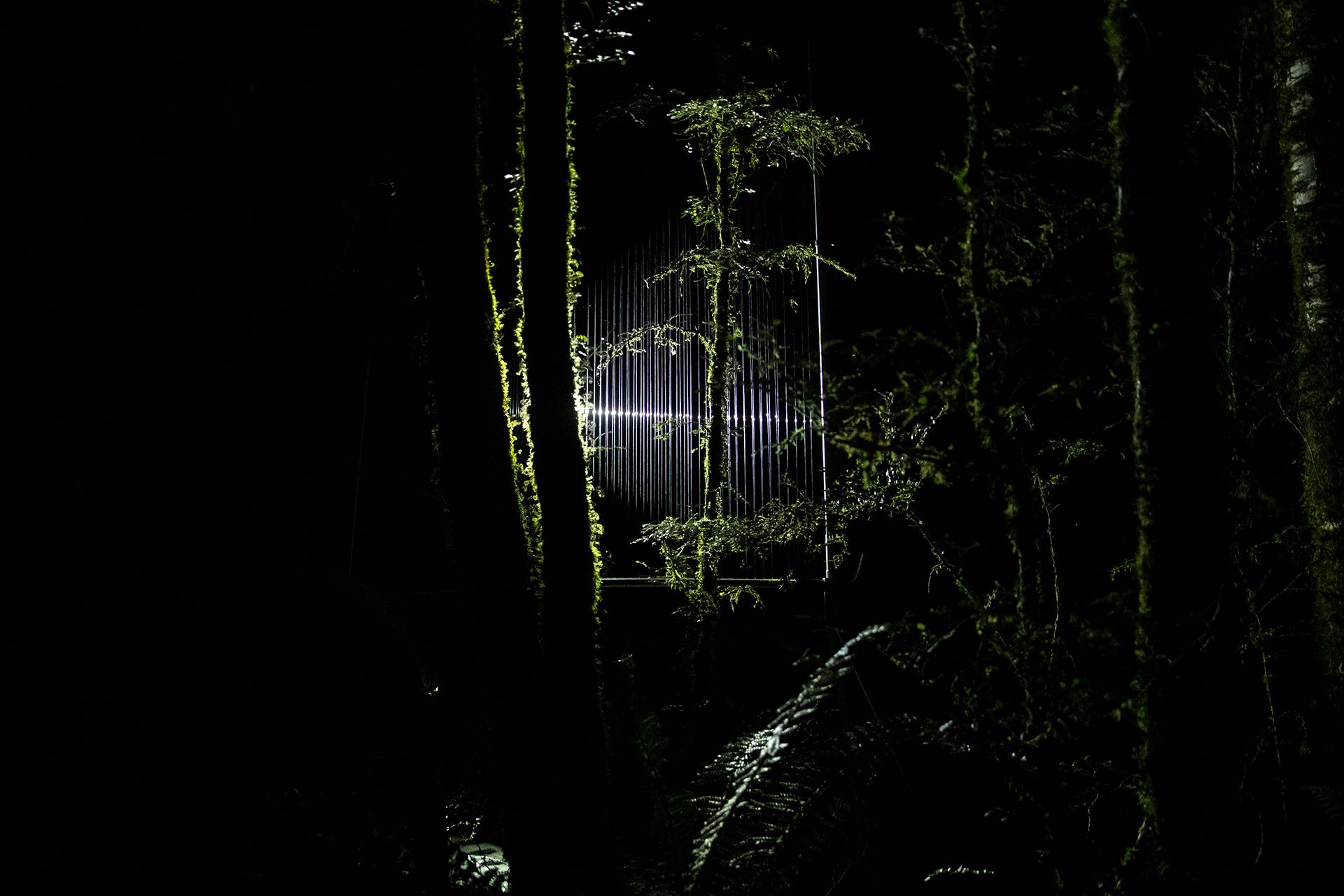
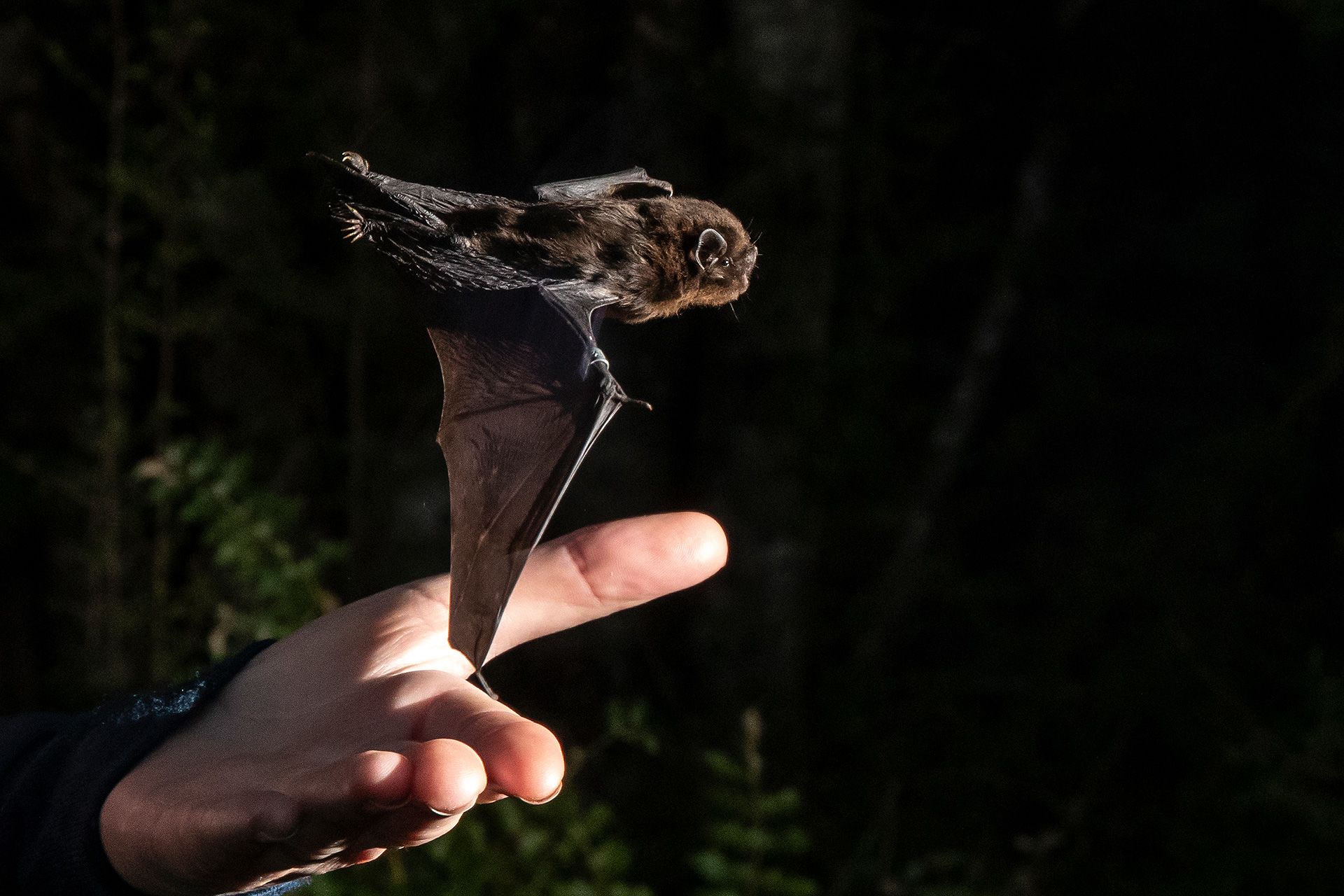
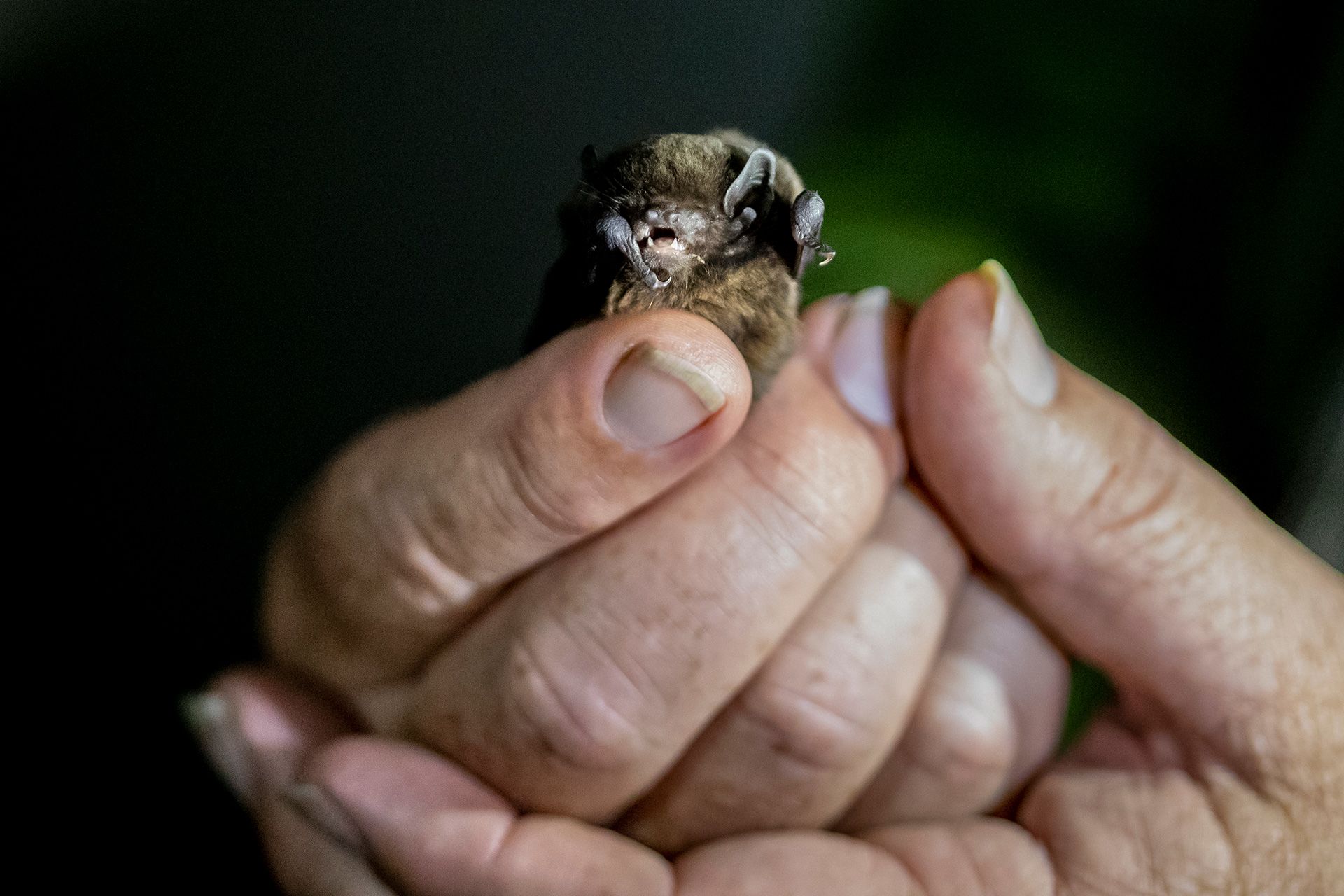
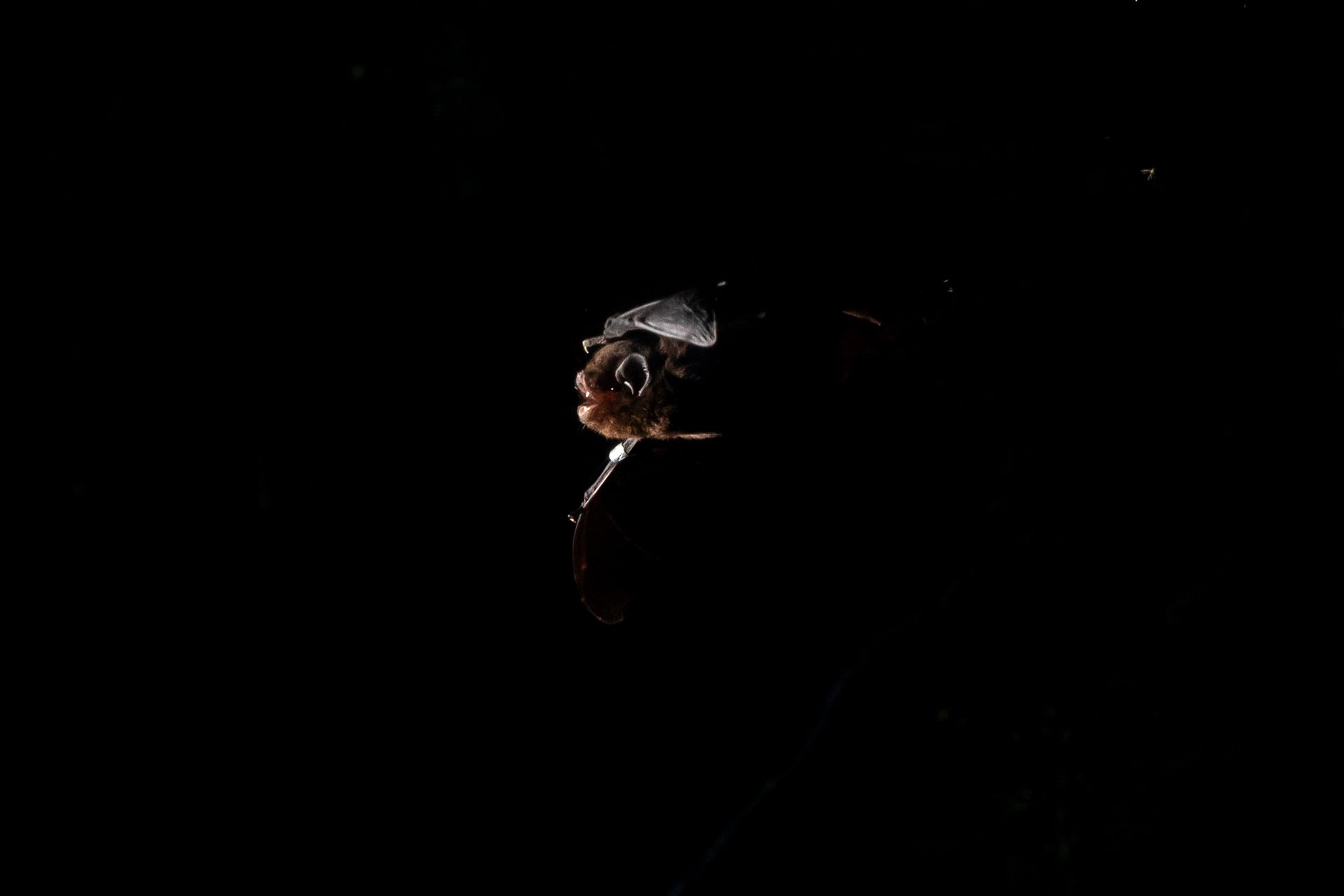
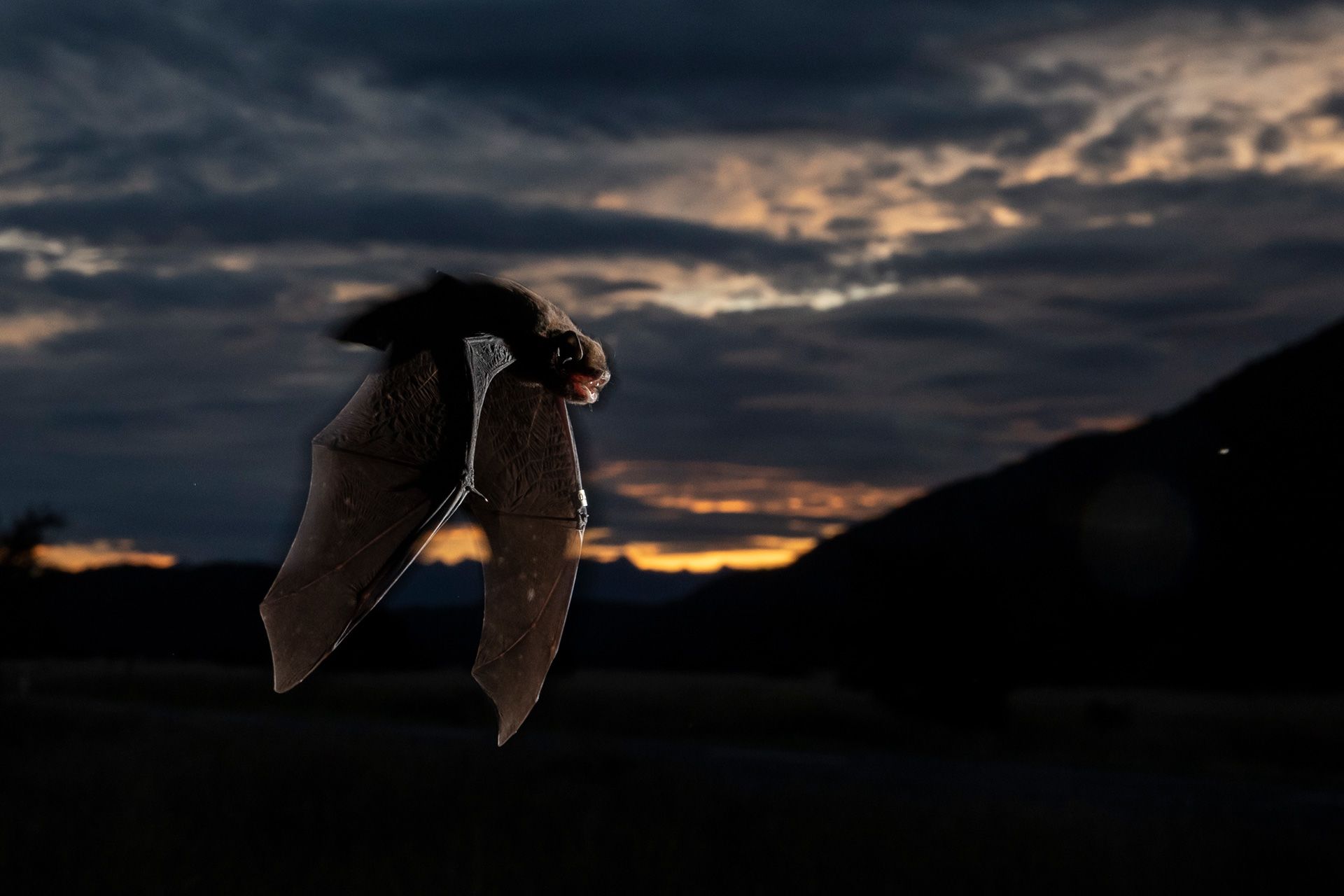

Colin O’Donnell, Principal science advisor for DOC, transports bats in cloth bags as day breaks.
Colin O’Donnell, Principal science advisor for DOC, transports bats in cloth bags as day breaks.

Harp traps harmlessly catch bats for monitoring and health checks.
Harp traps harmlessly catch bats for monitoring and health checks.

New Zealand’s native bats can fly at speeds of 40-60kmh.
New Zealand’s native bats can fly at speeds of 40-60kmh.

Long-tailed bats weigh only 8-10g.
Long-tailed bats weigh only 8-10g.

Long-tailed bats fly along the forest edge looking for insects to snack on.
Long-tailed bats fly along the forest edge looking for insects to snack on.

A long-tailed bat flies through Fiordland’s Eglinton Valley at sunset.
A long-tailed bat flies through Fiordland’s Eglinton Valley at sunset.







Colin O’Donnell, Principal science advisor for DOC, transports bats in cloth bags as day breaks.
Colin O’Donnell, Principal science advisor for DOC, transports bats in cloth bags as day breaks.

Harp traps harmlessly catch bats for monitoring and health checks.
Harp traps harmlessly catch bats for monitoring and health checks.

New Zealand’s native bats can fly at speeds of 40-60kmh.
New Zealand’s native bats can fly at speeds of 40-60kmh.

Long-tailed bats fly along the forest edge looking for insects to snack on.
Long-tailed bats fly along the forest edge looking for insects to snack on.

A long-tailed bat flies through Fiordland’s Eglinton Valley at sunset.
A long-tailed bat flies through Fiordland’s Eglinton Valley at sunset.

Long-tailed bats weigh only 8-10g.
Long-tailed bats weigh only 8-10g.
OTHER EPISODES
Episode 1
Seabirds
now
Episode 2
Native Birds
now
Episode 3
Oceans
now
Episode 5
Fresh Water
Oct 26 Watch
now
Episode 6
The Endangered Forest
Oct 27 Watch
now
Episode 7
The Islands
Oct 28 Watch
now
Getting to the truth takes patience and perseverance. Our reporters will spend days combing through documents, weeks cultivating delicate sources, and months - if not years - fighting through the Official Information Act, courts and red tape to deliver their stories.
By supporting Stuff you'll help our journalists keep the pressure on. Make a contribution from as little as $1 today.


